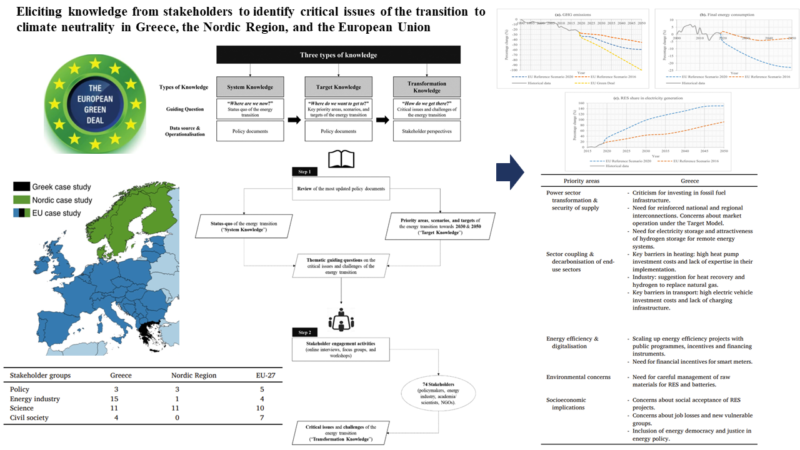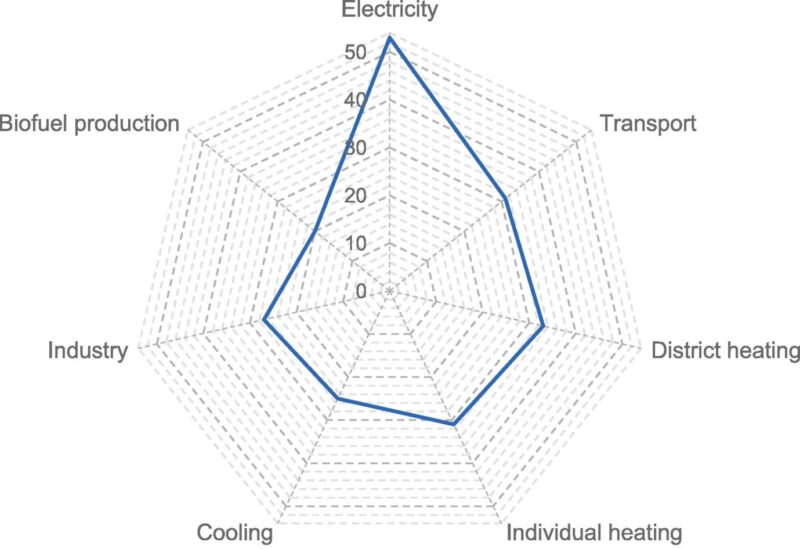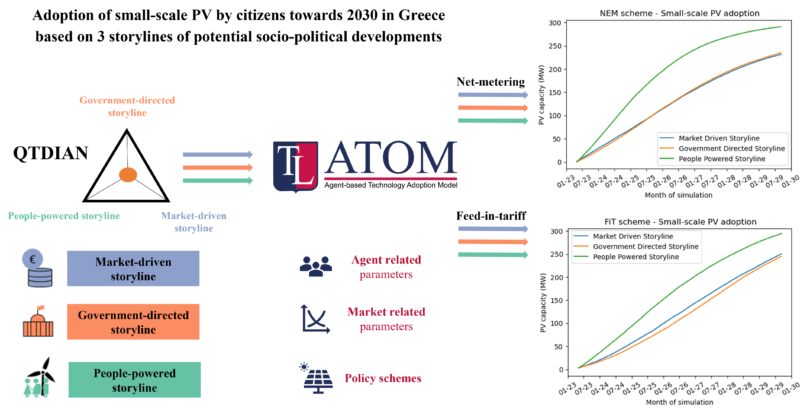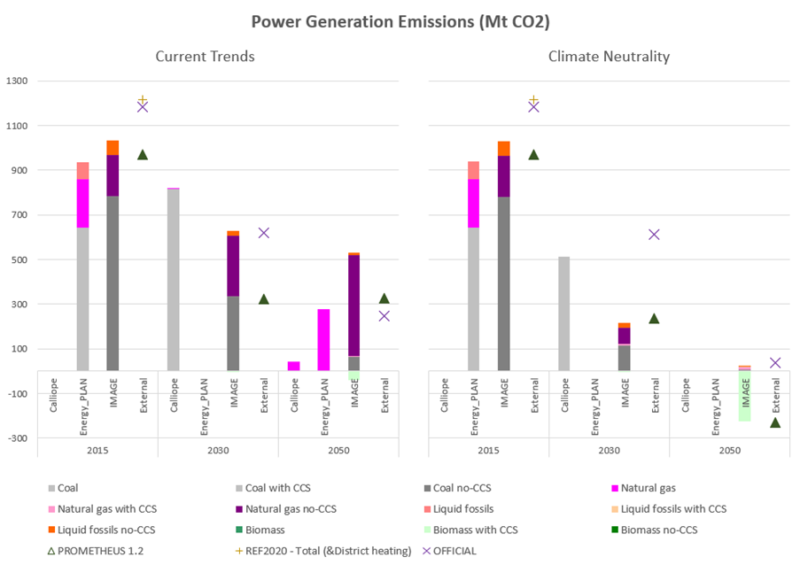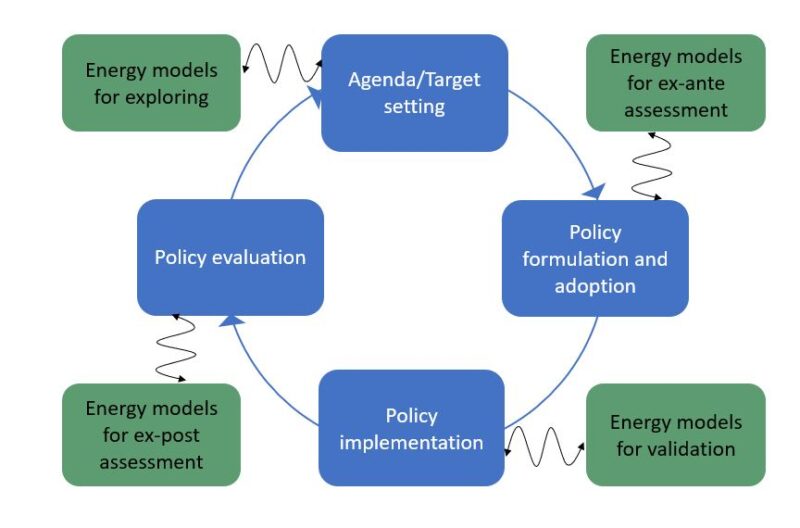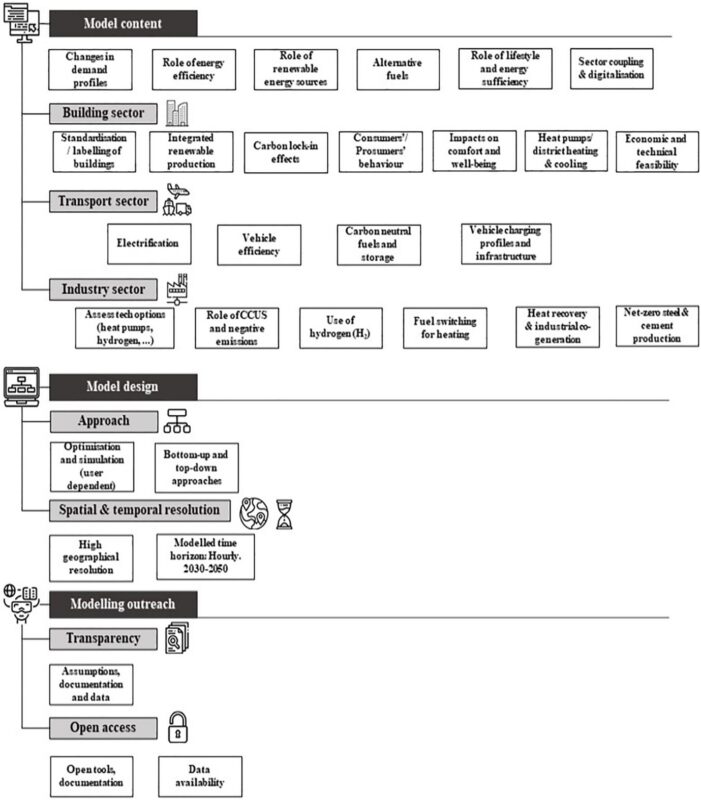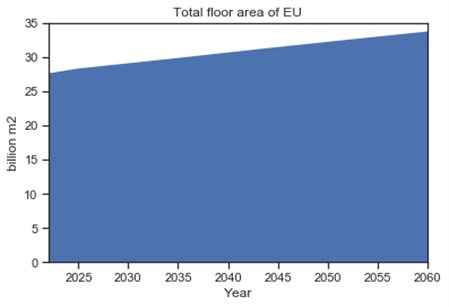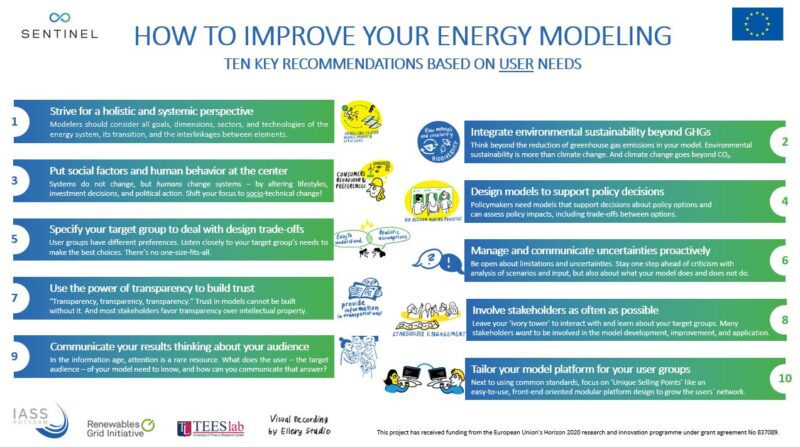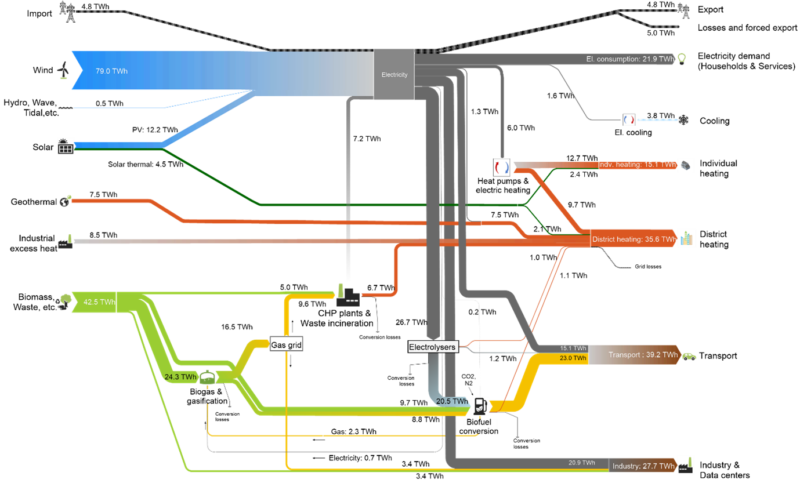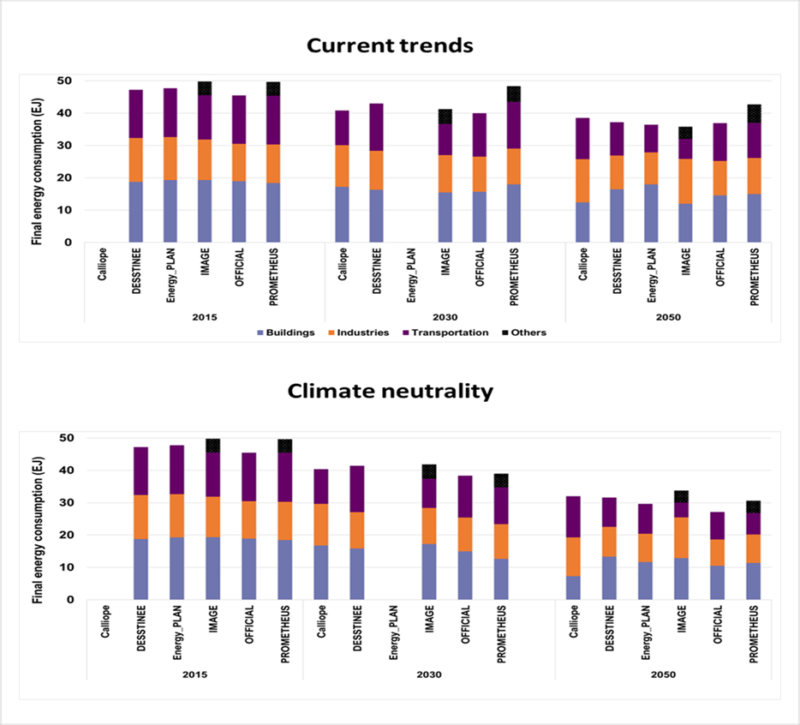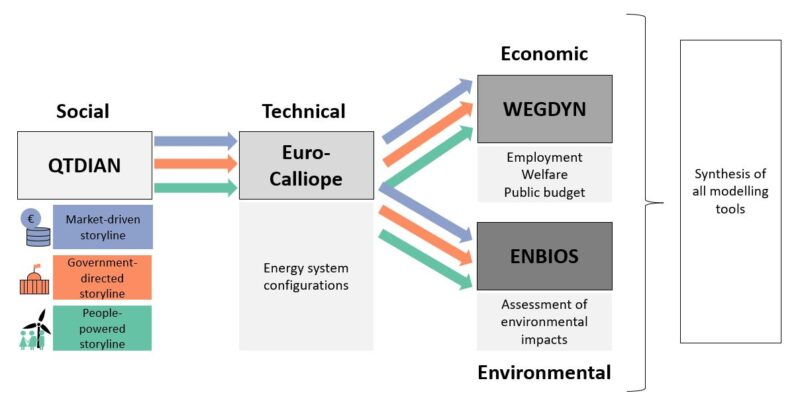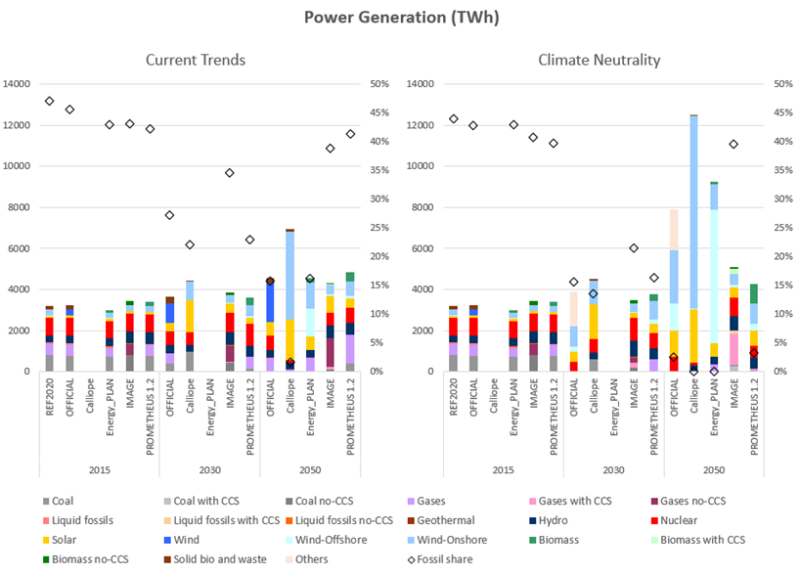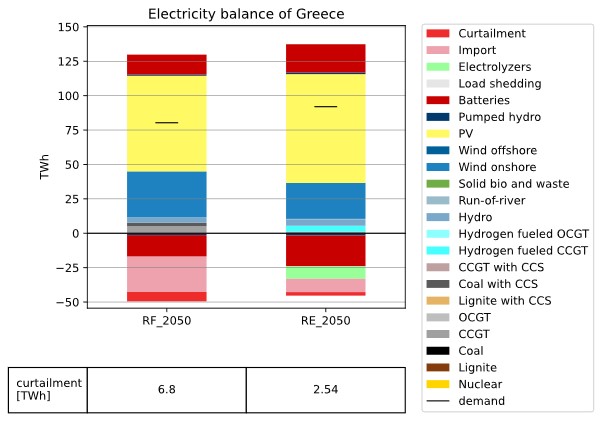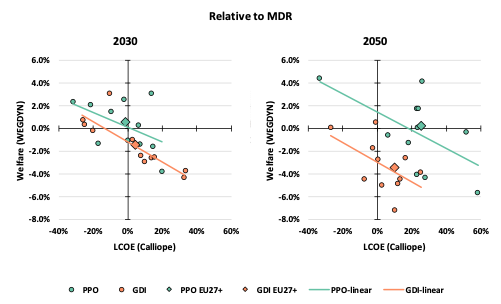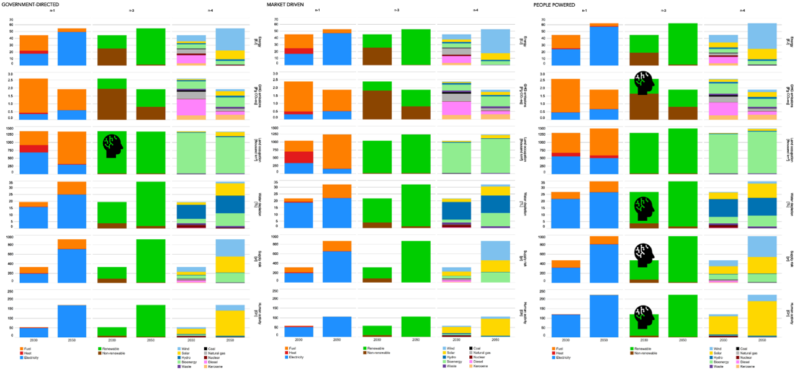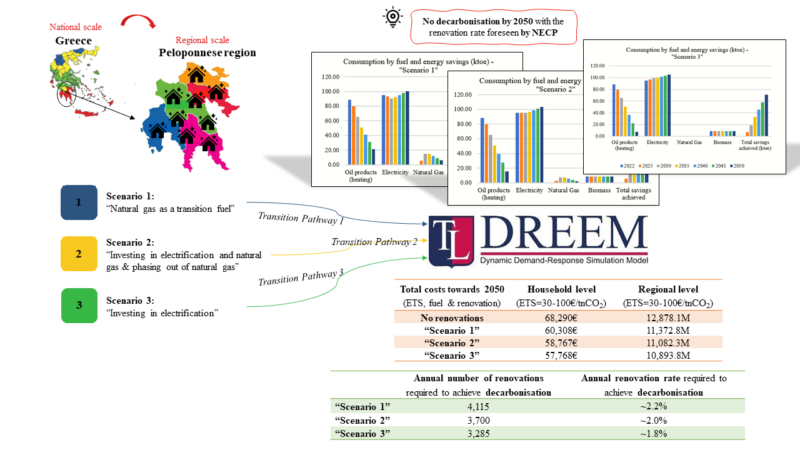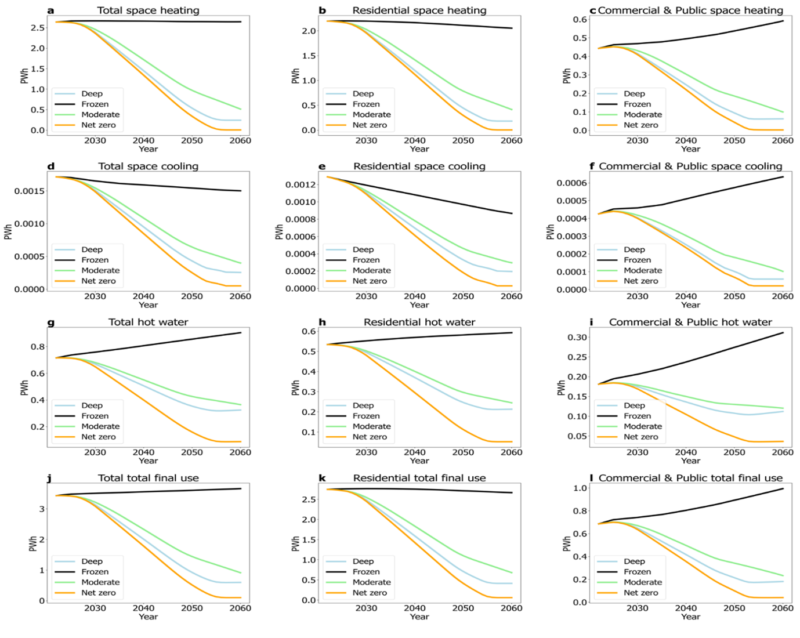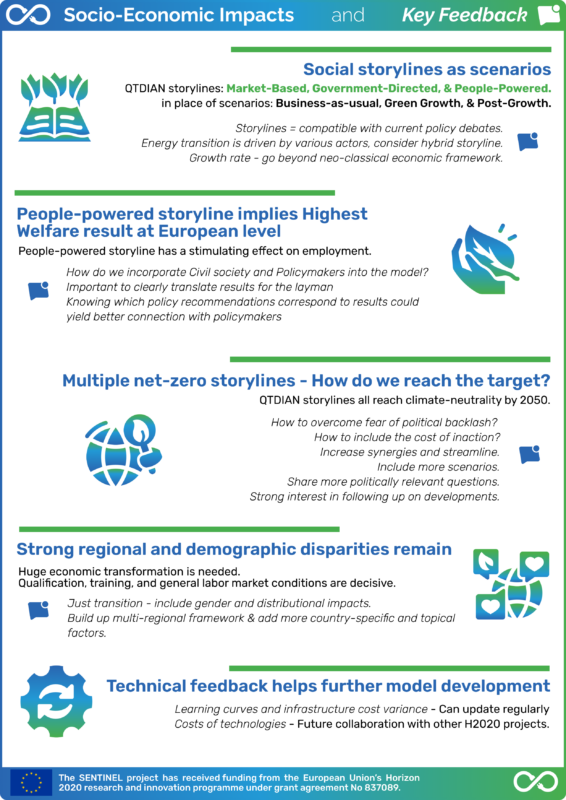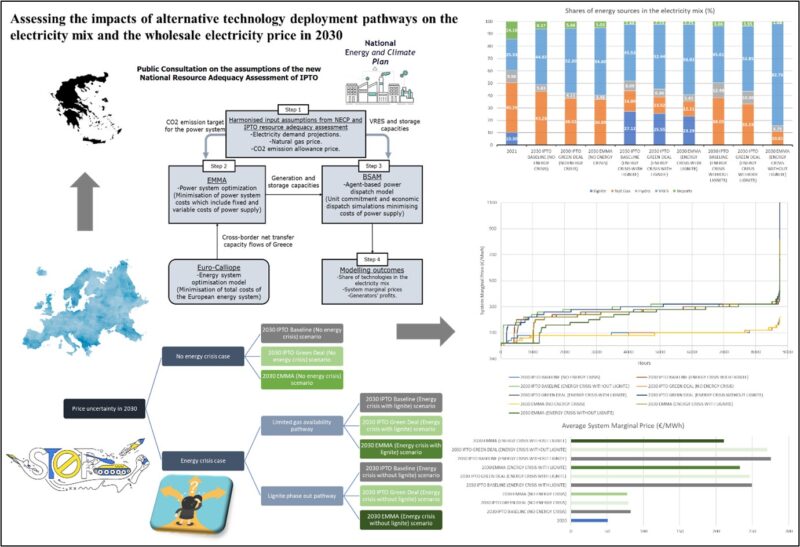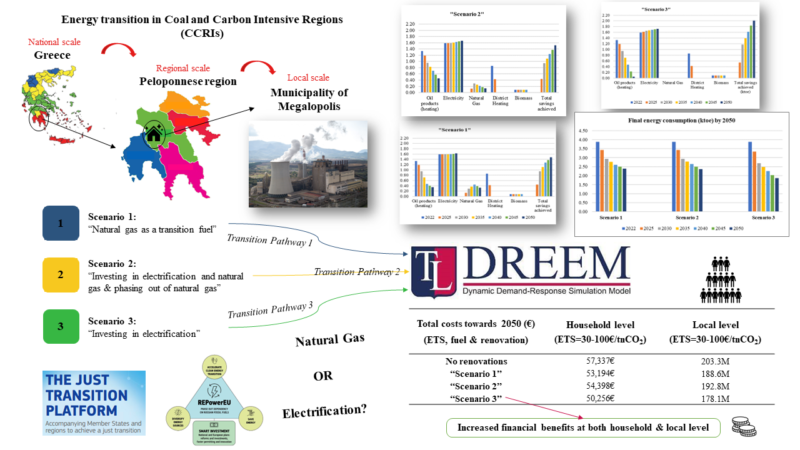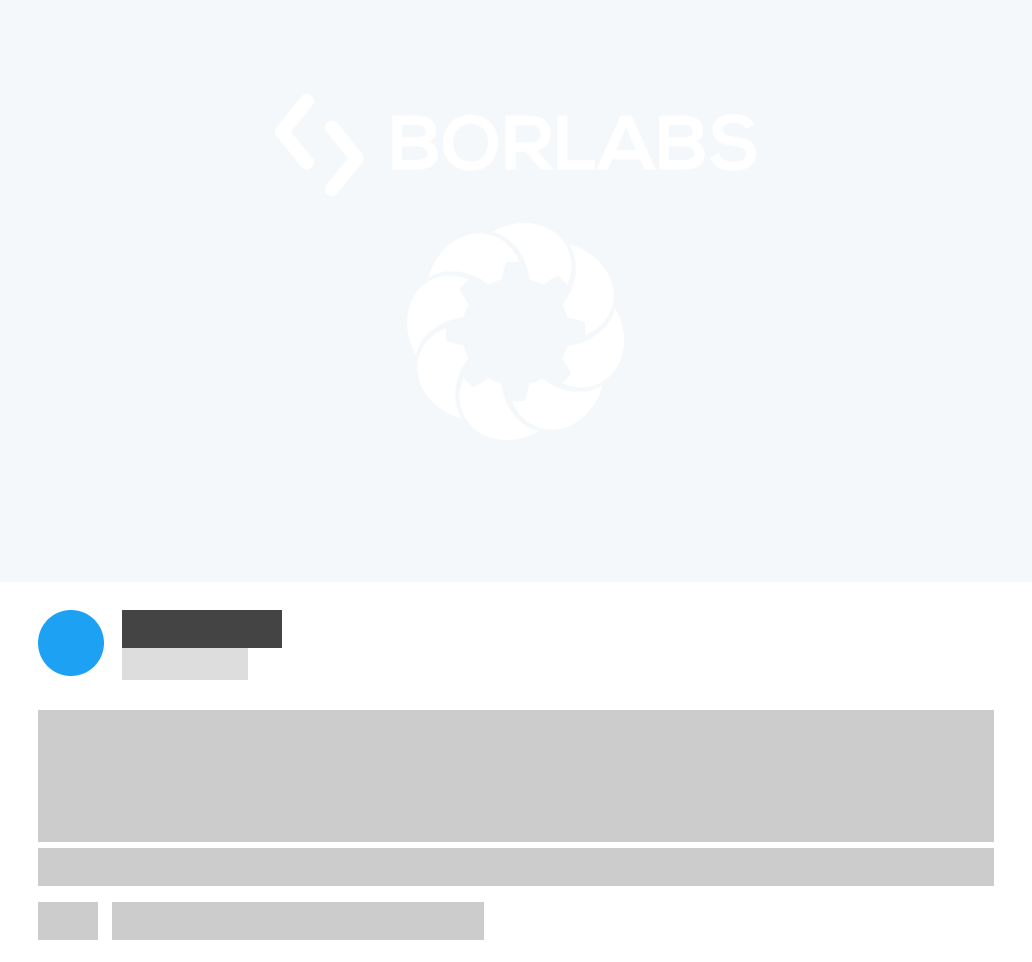What is the SENTINEL project?
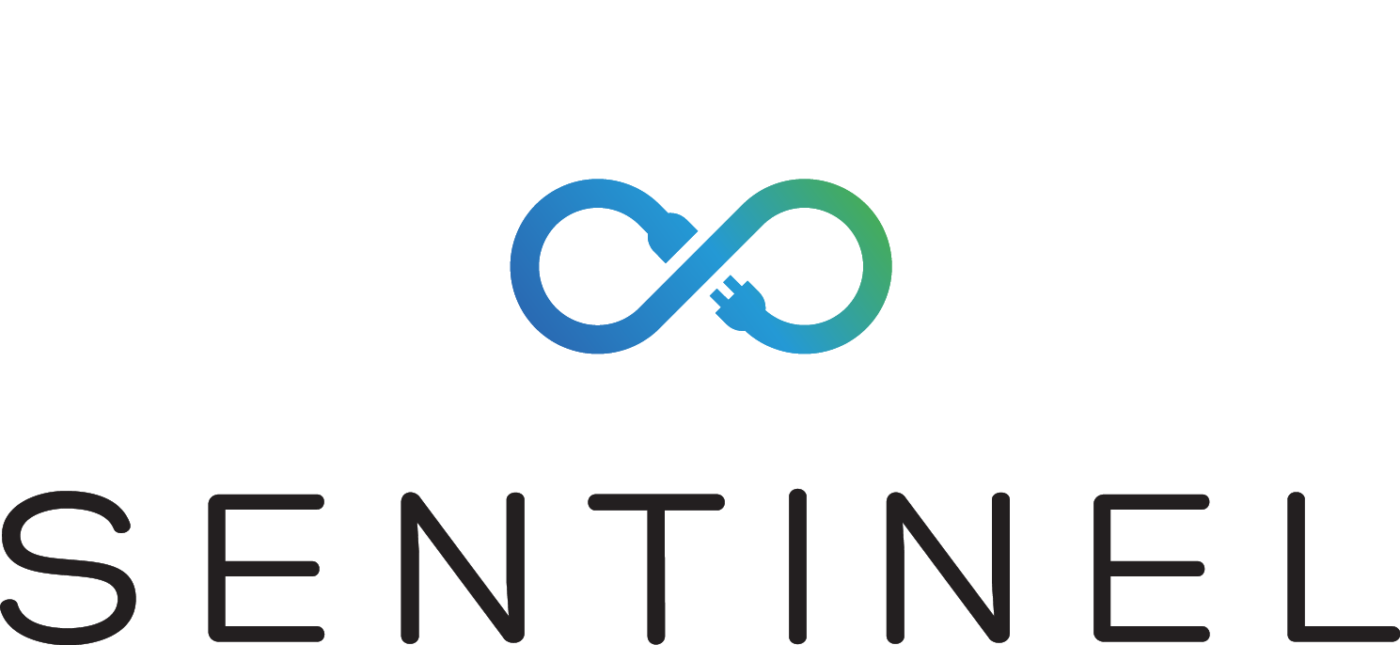
The SENTINEL project responds to the topic call LC-SC3-CC-2-2018, “Modelling in support to the transition to a Low-Carbon Energy System in Europe”, of the European Union H2020 work program.
The transition to a low-carbon energy system, as understood by the scientific and policy communities, will involve a major redesign of the energy system, primarily around renewable sources, in accordance with 2030 and 2050 targets that the European Union has defined.
Background
The SENTINEL project is aligned with the Energy Union strategy and the EU’s commitment under the Paris Agreement, which implies the necessity of accelerating the energy transition, ultimately leading to the complete elimination of energy sector greenhouse gas emissions. At the core of the funding call is the recognition that accelerating this transition requires us to develop a new set of energy modelling tools, able to represent and analyse the drivers and barriers to complete decarbonisation, including decentralisation, a large-scale expansion of fluctuating renewable power leading to a vastly increased need for system-side flexibility, sector-coupling including the electrification of mobility and heating, and the impacts of different market designs on the behaviour of energy sector actors.
We are creating a new modelling framework, which we call the Sustainable Energy Transitions Laboratory (SENTINEL). The SENTINEL framework will be modular in structure incorporating many separate models which will look in detail at specific technological, geographic, and societal aspects of the transition to a low-carbon energy system. The models will be able to be linked together to answer a wide range of different questions. For a given user in a given situation, only a subset of the models are likely to be needed, and this will make it a manageable task to understand how those particular models operate.
The models in the framework can be accessed via the models section of this online platform. The platform will also make available the model source code and data on which the models rely, together with supporting documentation and guidance. This will achieve complete transparency, and also enable other models to be added to the SENTINEL framework and online platform over time.
Consortium
SENTINEL draws input from 11 partners across Europe. Each partner will contribute various modular input to the platform and work together in ensuring a highly functional and user friendly end product.
 | Aalborg University, Denmark |
 | Central European University, Hungary |
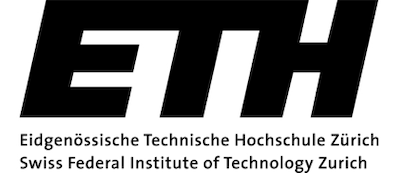 | ETH Zürich, Switzerland |
 | University of Graz, Austria |
 | Hertie School, Germany |
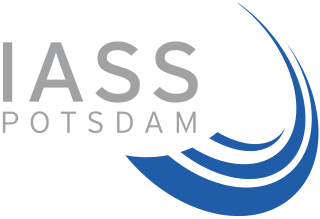 | Institute for Advanced Sustainability Studies, Germany |
 | Imperial College London, UK |
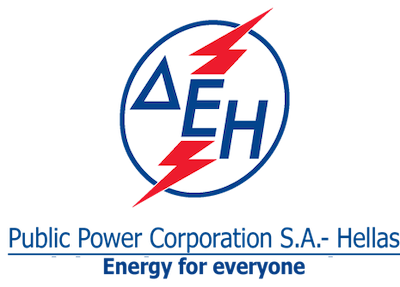 | Public Power Corporation, Greece |
 | Renewables Grid Initiative, Germany |
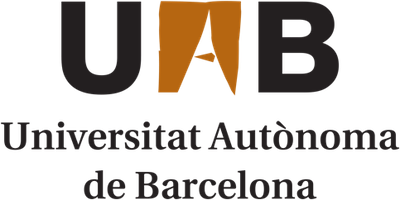 | Autonomous University of Barcelona, Spain |
 | University of Piraeus Research Center, Greece |
 | Utrecht University, Netherlands |
 | Delft University of Technology, Netherlands |
Collaboration
Extensive collaboration with stakeholders will inform the development and refinement of the SENTINEL framework. First, we will learn from key stakeholders what functionality they need. Second, we will apply the framework to address a set of case studies, to address specific problems that policy- and decision-makers will face in the next three years. They will help us evaluate how well the framework meets their needs, in order to improve it further.
We will disseminate our results and promote the platform to the appropriate target audiences: policy-analysts; model developers; and research scientists. In addition we will organise a set of conferences, in which we help to build a community of model users and developers to carry this work forward. Keep an eye on the website for further details: Your involvement is key in guiding the project objectives and we look forward to working with you!
In SENTINEL, we found that…
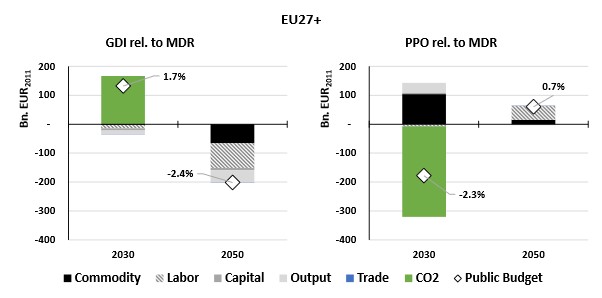
… the incentives for and ability of providing fiscal stimulus to climate neutral development differ in size, direction and inter-temporally across social storylines. Shortsighted policy makers would see an incentive to foster the government directed (GDI) storyline, while in the longer-term policy makers would prefer the people powered (PPO) storyline.

